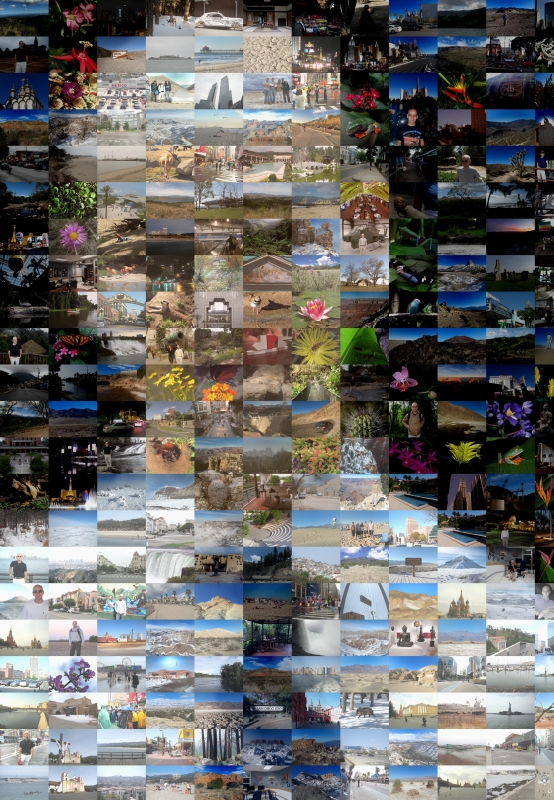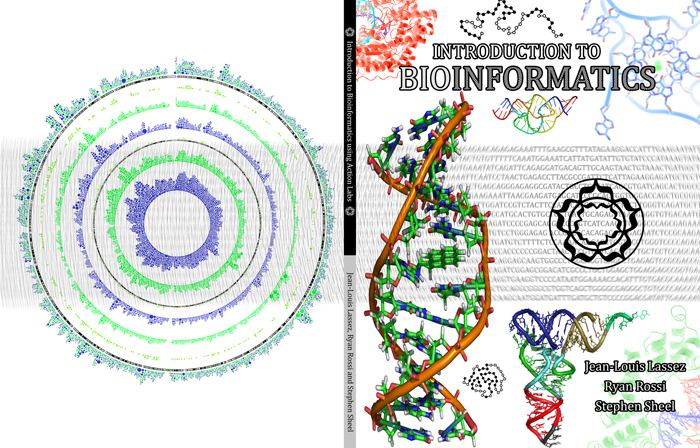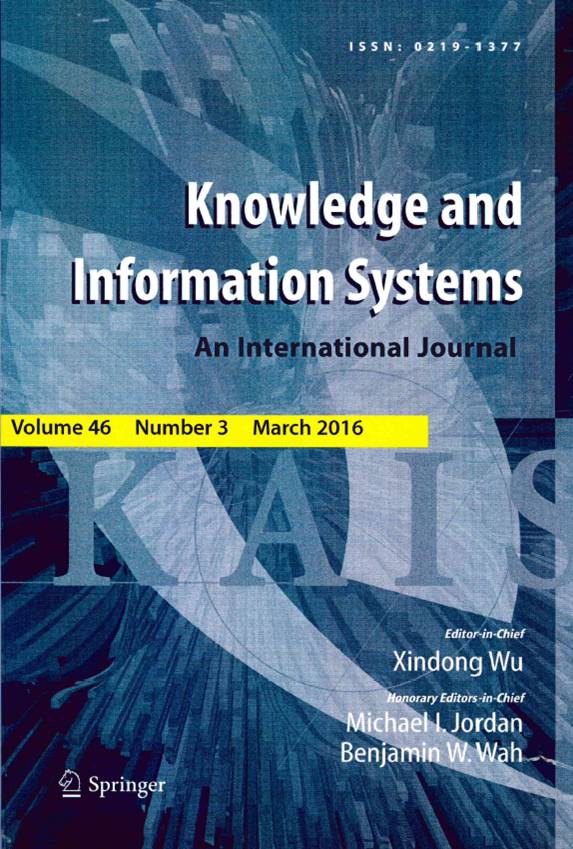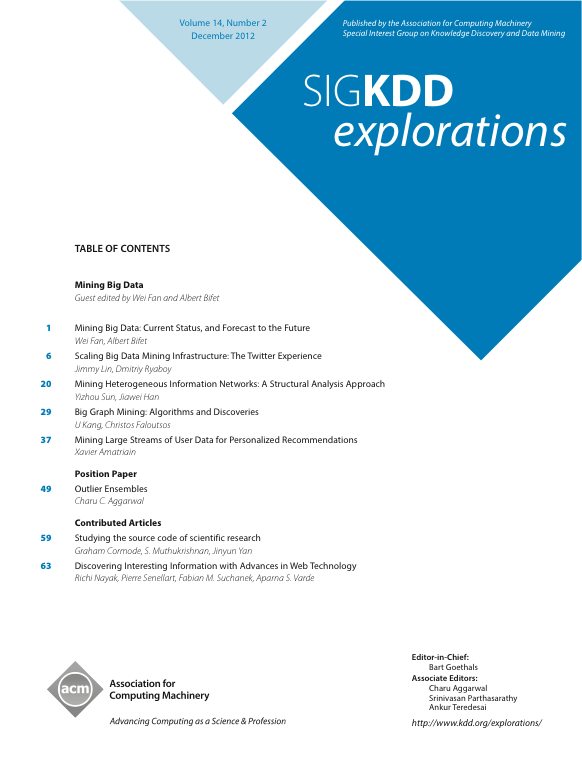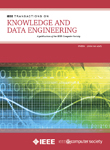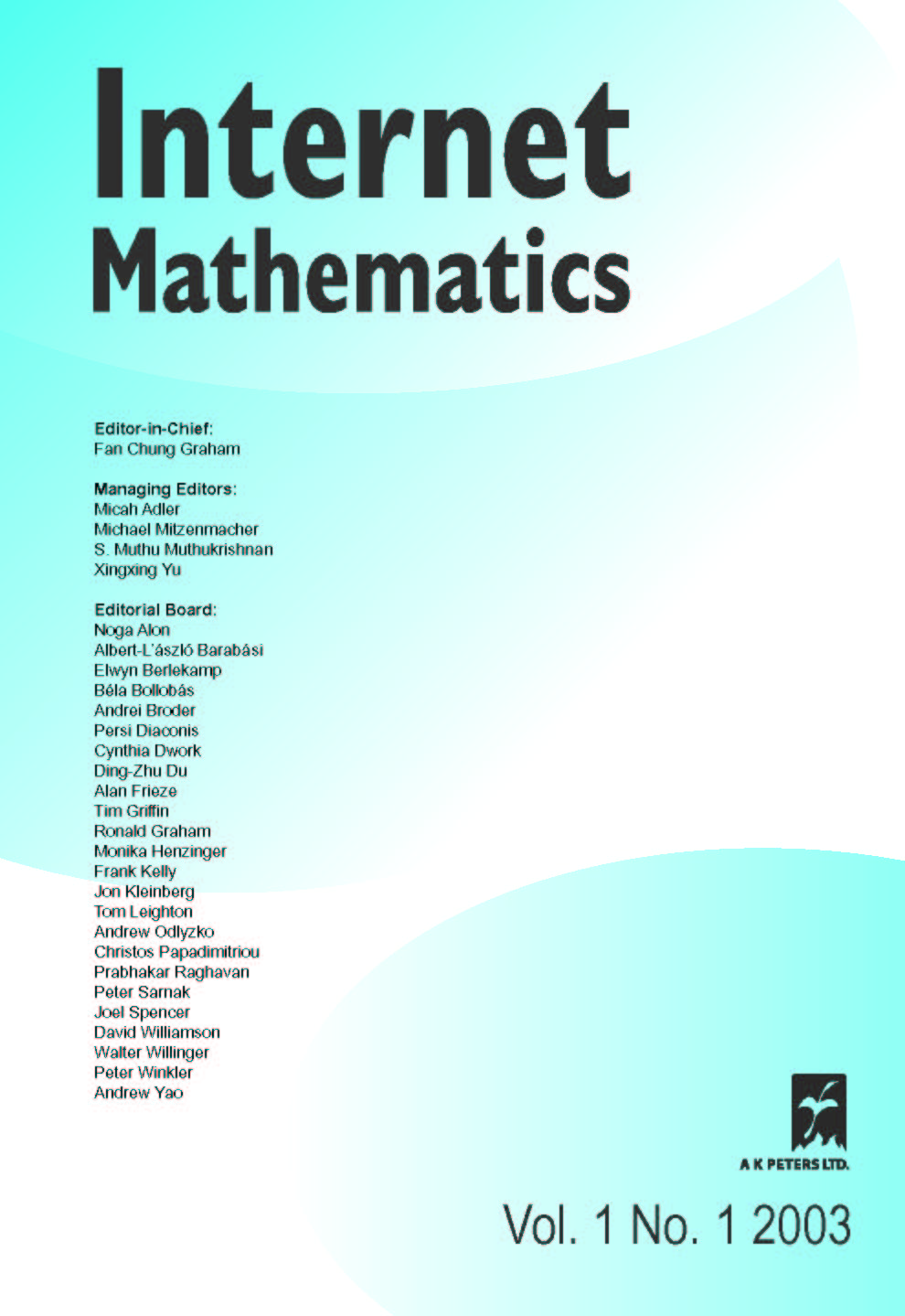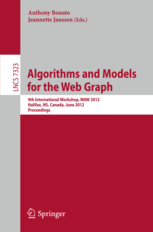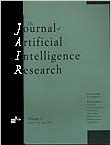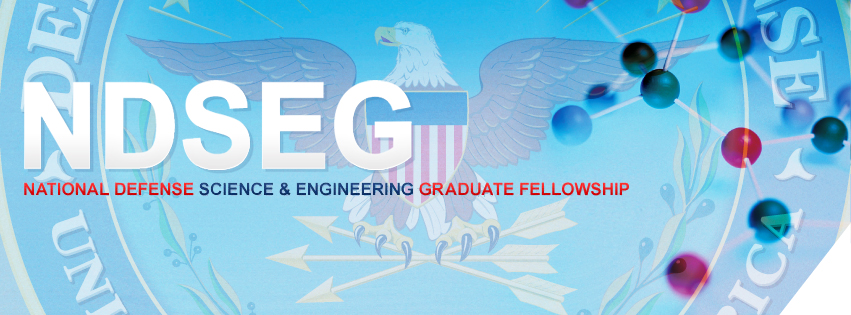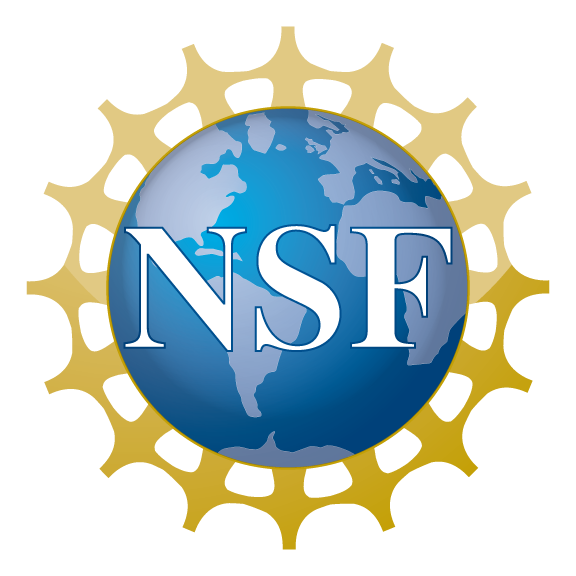Research Experience
Senior Research Scientist, Adobe Research
Member of Research Staff, Palo Alto Research Center
Visiting Researcher, Palo Alto Research Center (Xerox PARC)
Research Fellow, Purdue University (2009-2012)
Research Assistant, Lawrence Livermore National
Laboratory (ISCR)
LLNL Scholar: Cyber Defenders Program (2011-2012)
Research Assistant, Naval Research Laboratory,
AI Research Center
Advisor: David Aha, Co-advisor: Luke McDowell, ONR NREIP
Relational Representation
Discovery in Statistical Relational Learning, (Summer 2010)
Research Assistant, Coastal Carolina University
(2005-2009)
Advisor: Jean-Louis Lassez,
Retired IBM T.J. Watson Research Center
(Mathematics Genealogy Project)
Research Assistant, NASA Jet Propulsion Laboratory, (Summer 2009)
California Institute of Technology, Space Grant/USRP
Fellowship
(Returned to continue my research).
Research Assistant, NASA Jet Propulsion Laboratory, (Spring 2009)
California Institute of Technology, USRP NASA
Fellowship
Advisor: Mark
Powell(Scalable Image Processing) and Khawaja Shams(Cloud Computing)
Research Assistant, University of Massachusetts at
Amherst, KDL, (Summer 2008)
Advisor: David Jensen, Graduate Advisor: Brian Taylor, REU NSF Fellowship
Research Assistant, New Mexico Tech, Institute for
Complex Additive Systems
Advisor: Srinivas
Mukkamala, Senior Research Scientist, ICASA (Summer 2007)
Teaching Experience
Search Engine Theory,
Instructor, Spring 2008
This course was taught from a machine learning perspective using
a variety of resources and recent papers along with a series of homeworks and projects implementing
the significant parts of a search engine.
Algorithms in Bioinformatics, Teaching
Assistant, Fall 2007
Numerical Methods, Teaching Assistant, Spring 2007
Introduction to Bioinformatics, Teaching Assistant, Fa 2008, Fa/Spr 2007, Spr 2006
Introduction to Algorithm Design II, Teaching Assistant, Spring 2006
Introduction to Algorithm Design I, Teaching Assistant, Spring 2006
As a
teaching assistant I gave lectures and review sessions; developed homeworks, labs, and programs,
held office hours, and maintained course website.
Books / Lecture Notes
Bioinformatics is the application of computational techniques and
tools to analyze and manage biological data. This book provides an
Introduction to Bioinformatics through the use of Action Labs.
These labs allow students to get experience using real data and tools to solve difficult problems.
The book comes with supplementary slides, papers, and tools. The labs use data from Breast
Cancer, Liver Disease, Diabetes, SARS, HIV, Extinct Organisms, and many others. The book has been
written for first or second year computer science, mathematics, and biology students. The book is
published by the Digital University Press. [pdf version] (6.2 MB)
